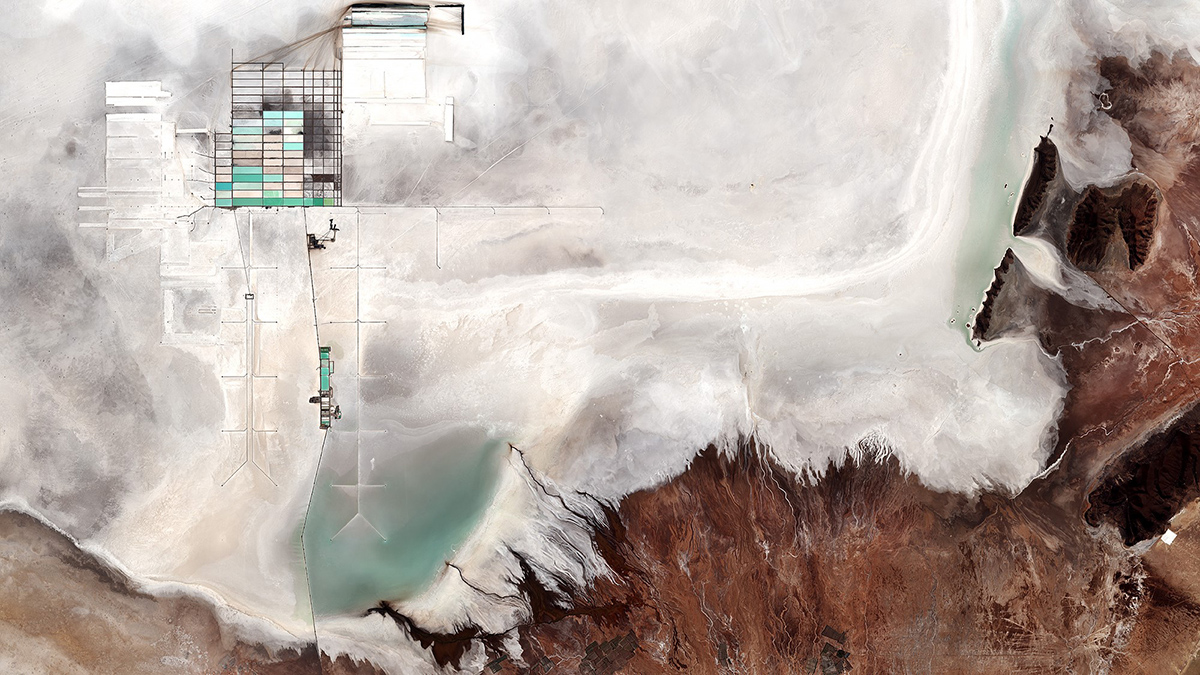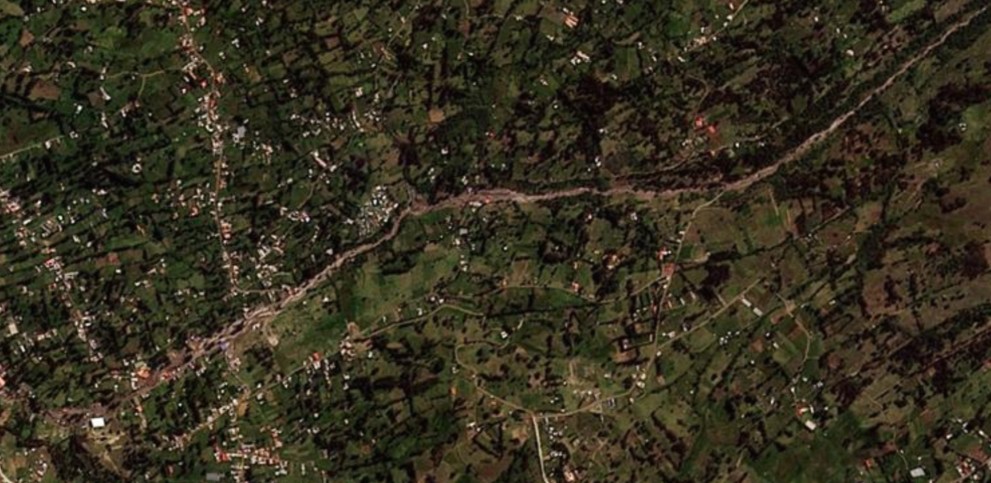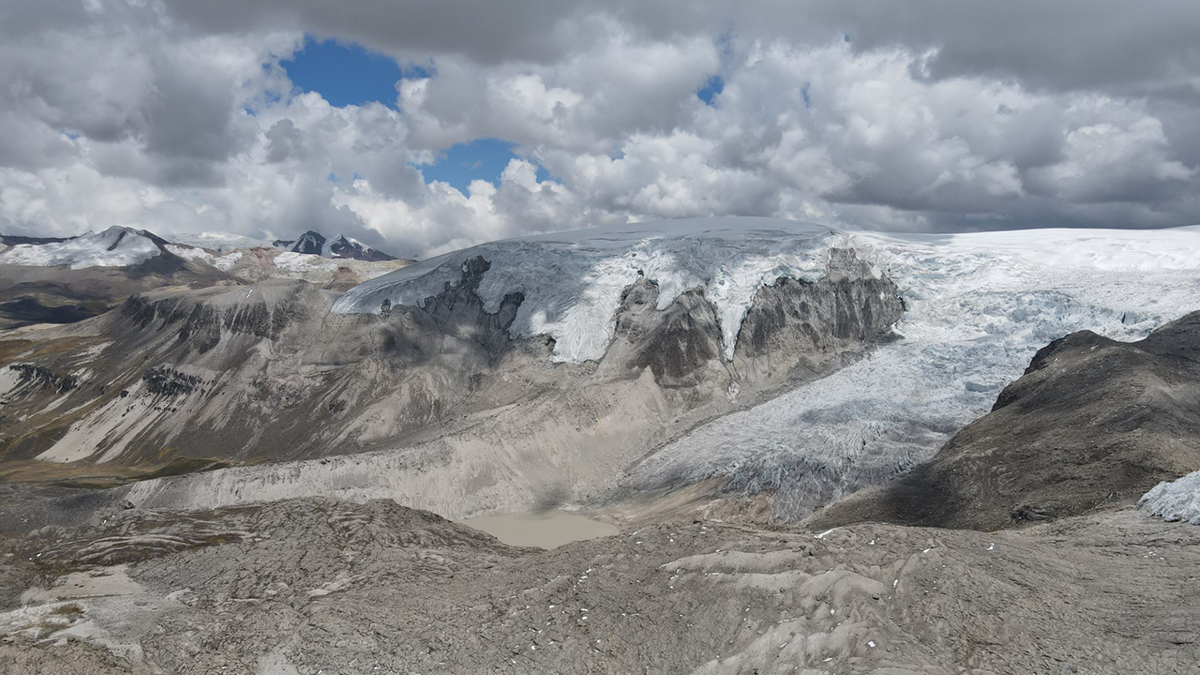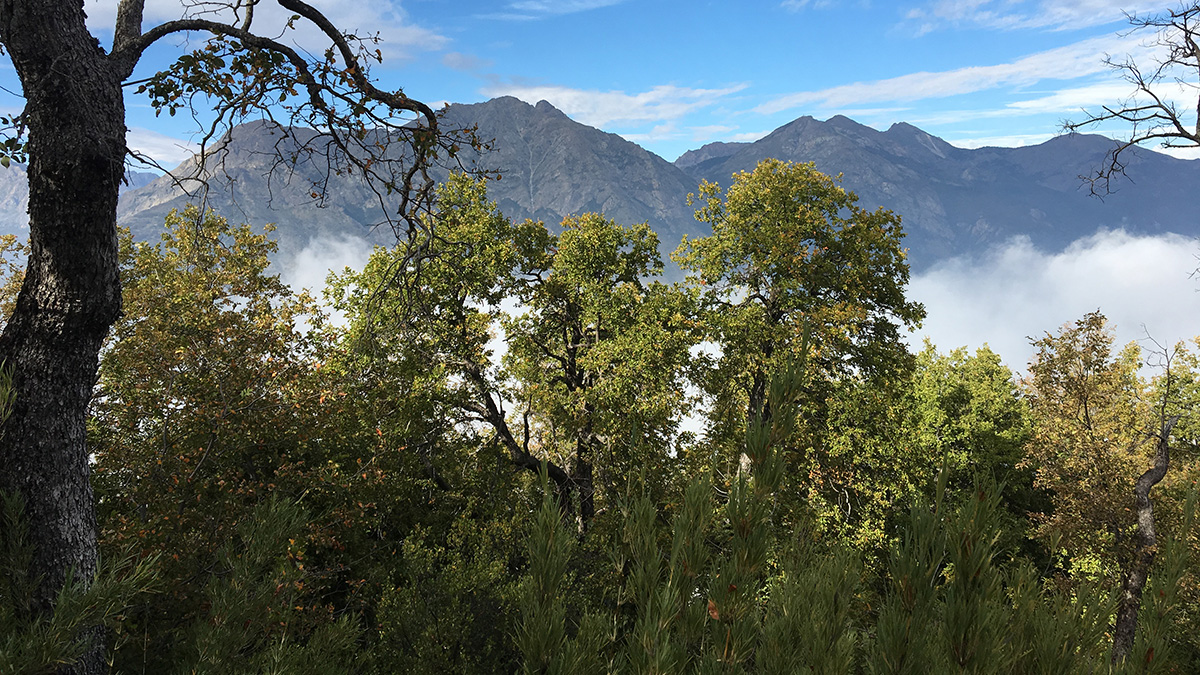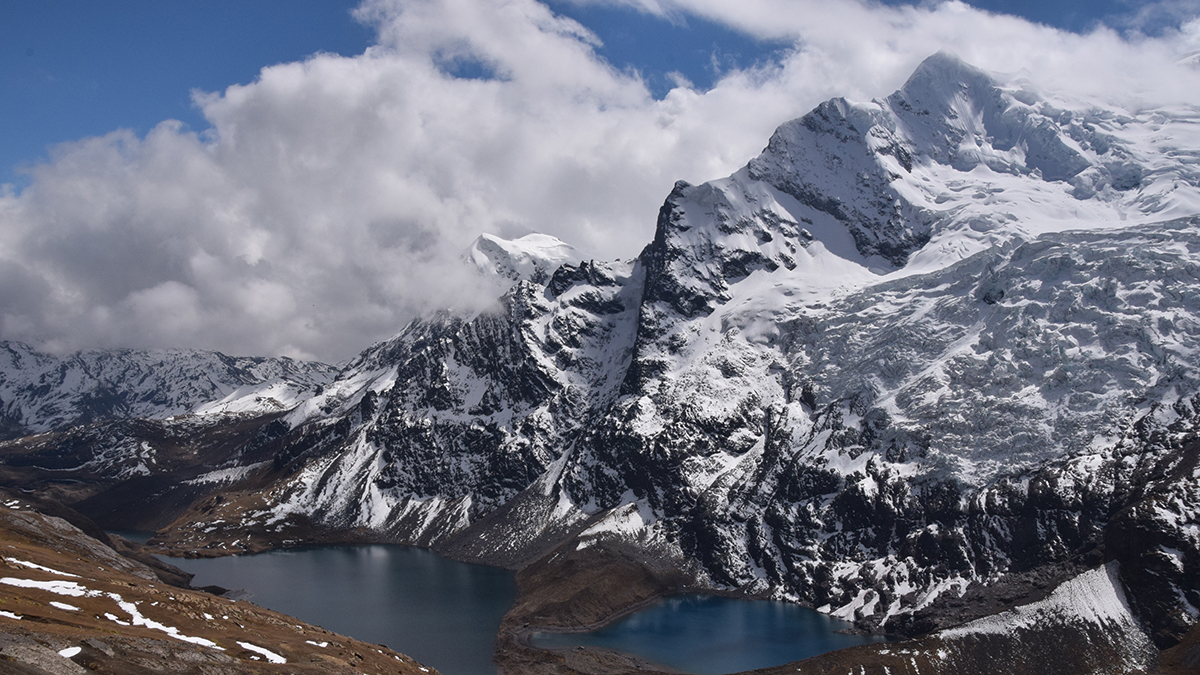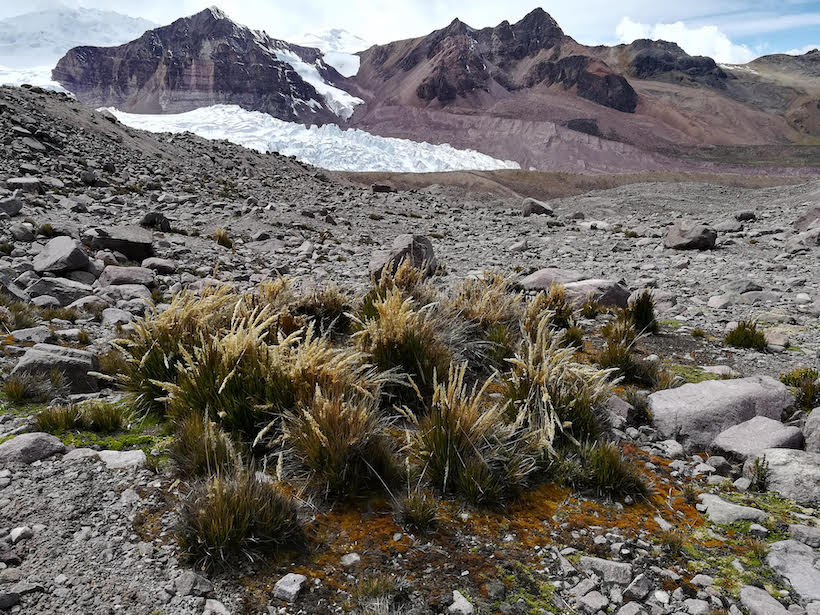La extracción de salmuera para satisfacer la demanda de recursos en medio de la transición a energías renovables está afectando los recursos hídricos en Sudamérica y China. Los hidrólogos pueden ayudar a comprender cómo y a sumarse a la búsqueda de soluciones.
Andes
The 28 April 2025 Glacial Outburst Flood (GLOF) / landslide at Vallunaraju in Peru
The Landslide Blog is written by Dave Petley, who is widely recognized as a world leader in the study and management of landslides. On 28 April 2025, a major debris flow travelled down a channel from a major mountain, Vallunaraju, striking the communities lower down the slope. At least 100 houses were destroyed and two […]
Concerns over Lithium, Water, and Climate in Earth’s Two Highest Deserts
Brine mining to meet resource demands amid renewable energy transitions is affecting water resources in South America and China. Hydrologists can help understand how and join the search for solutions.
Tracing Millions of Years of Geologic Stress in the Andean Plateau
Paleostress modeling shows how a region of the Andean Plateau was uplifted and formed beginning more than 20 million years ago.
Plants Reveal the History of Earth’s Largest Tropical Ice Cap
Rooted plants buried by advancing outlet glaciers illustrate rapid changes in the extent of Quelccaya Ice Cap in Peru during the Holocene.
Short-Lived Solutions for Tall Trees in Chile’s Megadrought
Some southern beeches in the Andes have plumbed deeper for moisture as the surface has dried up. But doing so may deplete resources and undermine the trees’ future health.
Supervolcanoes Linger a While, Then Rush to Erupt
Geologists examined crystals in rock from four massive eruptions in the Chilean Andes.
Adapting to Receding Glaciers in the Tropical Andes
Integrated approaches are needed to understand and respond to changes in tropical mountain ecosystems and communities brought about by receding glaciers and changes in land use.
Past Climate Change Affected Mountain Building in the Andes
Increased glaciation in the North Patagonian Andes may have influenced tectonic dynamics over the past 7 million years, suggesting a connection between climate change and mountain-building processes.
Vicuña Poop Nourishes “Dung Gardens” High in the Andes
The excrement delivers nutrients like phosphorus and nitrogen, kick-starting islands of vegetation at the edge of the cryosphere.

